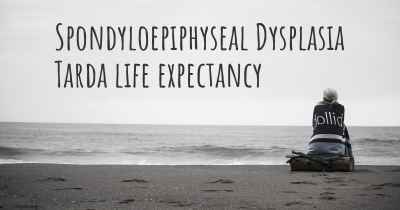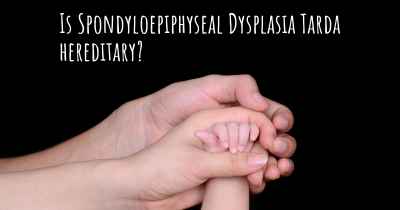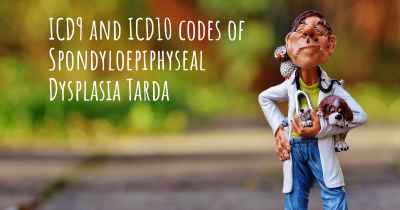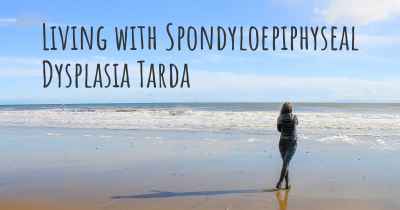Is it advisable to do exercise when affected by Spondyloepiphyseal Dysplasia Tarda? Which activities would you suggest and how intense should they be?
See if it is advisable for people with Spondyloepiphyseal Dysplasia Tarda to practice sports and which ones are the most recommended if you have Spondyloepiphyseal Dysplasia Tarda
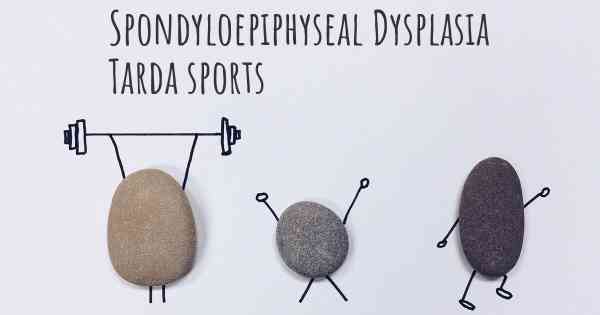
Spondyloepiphyseal Dysplasia Tarda (SEDT) is a rare genetic disorder that affects bone and cartilage development, resulting in short stature and skeletal abnormalities. When it comes to exercise, it is important to approach it with caution and consider the specific needs and limitations of individuals with SEDT.
Consulting with a healthcare professional who is familiar with the condition is crucial before starting any exercise program. They can provide personalized guidance based on the individual's specific condition, overall health, and fitness level.
While exercise can be beneficial for individuals with SEDT, it is important to focus on activities that are low-impact and joint-friendly. These activities help to minimize stress on the joints and reduce the risk of injury. Here are some exercise suggestions:
- Swimming: Swimming is an excellent choice as it is a low-impact, full-body workout that puts minimal stress on the joints. It helps improve cardiovascular fitness, muscle strength, and flexibility.
- Cycling: Cycling, whether on a stationary bike or outdoors, is a low-impact exercise that can be easily adjusted to individual fitness levels. It helps improve cardiovascular health, leg strength, and overall endurance.
- Yoga and Pilates: These activities focus on flexibility, balance, and core strength. They can be modified to accommodate the specific needs and limitations of individuals with SEDT. It is important to work with a qualified instructor who can provide appropriate modifications.
- Resistance training: Strength training exercises using resistance bands or light weights can help improve muscle strength and stability. It is important to start with low resistance and gradually increase as tolerated.
- Low-impact aerobics: Participating in low-impact aerobic classes or following exercise videos specifically designed for individuals with joint conditions can help improve cardiovascular fitness without putting excessive stress on the joints.
Intensity is an important factor to consider when exercising with SEDT. It is recommended to start with low to moderate intensity and gradually increase as tolerated. The individual should be able to maintain a conversation during exercise without feeling excessively breathless or experiencing pain. It is important to listen to the body and avoid pushing beyond its limits.
Regular exercise can have numerous benefits for individuals with SEDT, including improved cardiovascular health, muscle strength, flexibility, and overall well-being. However, it is crucial to approach exercise with caution, seek professional guidance, and choose activities that are suitable for the individual's specific condition and limitations.
Posted Sep 29, 2017 by loslolindsay 1400
